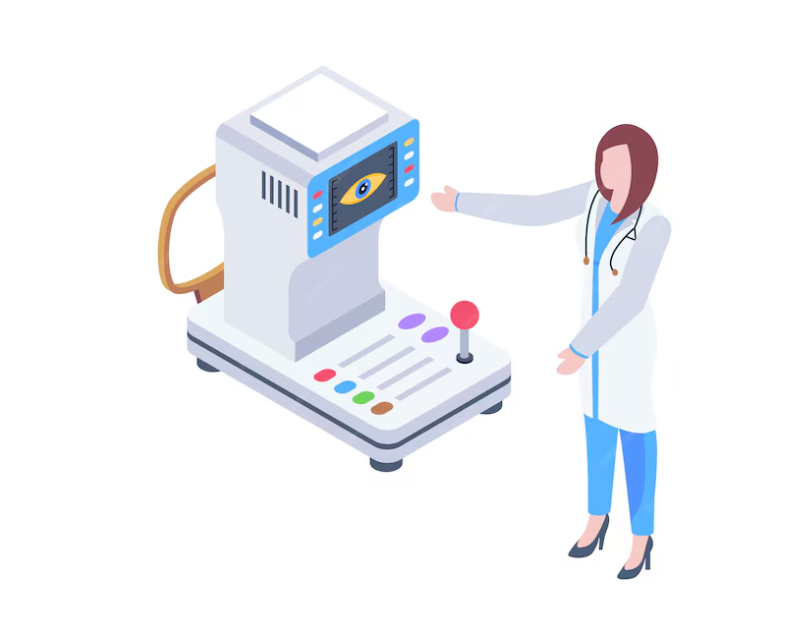
Diagnosis of Keloids: How Are Keloids Identified and Evaluated?
Have you noticed a raised scar on your skin that just won’t seem to go away? It might be a keloid. But how can you tell for sure? Let’s dive into the process of diagnosing keloids and how healthcare professionals identify and evaluate them.
Physical Examination
The first step in diagnosing keloids is a physical examination by a healthcare provider. They’ll carefully inspect the scar, looking for characteristic signs of keloid formation. These include:
- Raised appearance: Keloids typically protrude above the surrounding skin.
- Thickened texture: Keloids often feel firm or rubbery to the touch.
- Shiny surface: Keloids may have a glossy or shiny appearance.
- Red or purple color: Keloids can vary in color but often appear reddish or purple.
Medical History
Your healthcare provider will also ask about your medical history, including any past injuries, surgeries, or skin conditions. They’ll inquire about your family history of keloids, as genetics can play a significant role in predisposing individuals to keloid formation.
Differential Diagnosis
In some cases, distinguishing between keloids and other types of scars or skin conditions may be challenging. Your healthcare provider may perform a differential diagnosis to rule out other possibilities, such as:
- Hypertrophic scars: Similar to keloids but typically remain within the boundaries of the original wound.
- Dermatofibromas: Benign skin growths that can resemble keloids but have a different underlying structure.
- Skin tumors: Rarely, keloids may mimic certain types of skin tumors, requiring further evaluation.
Biopsy
In uncertain cases, your healthcare provider may recommend a skin biopsy to confirm the diagnosis. During a biopsy, a small sample of tissue is removed from the keloid and examined under a microscope. This allows for a definitive diagnosis and helps rule out other potential causes of the skin lesion.
Imaging Studies
In some instances, imaging studies such as ultrasound or magnetic resonance imaging (MRI) may be used to assess the extent of keloid formation, especially if the keloid is large or involves deeper tissue layers. These imaging techniques can provide valuable information to guide treatment planning.
Conclusion
Diagnosing keloids involves a combination of physical examination, medical history assessment, and, in some cases, additional tests such as skin biopsy or imaging studies. By accurately identifying and evaluating keloids, healthcare providers can develop personalized treatment plans to effectively manage these challenging scars.
To seek medical advice, always consult a Doctor. Here are our recommended EXPERTS. Click here
To read more on SKIN. Click Here


